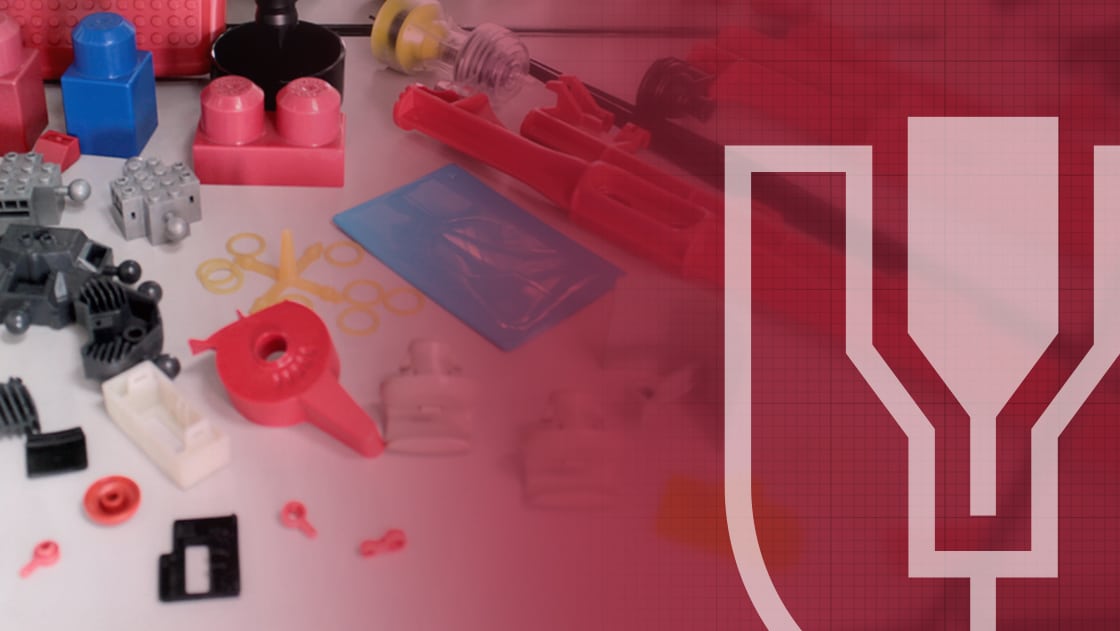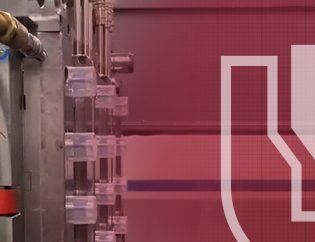
One of the best-known processes used within the industry is plastic injection moulding, which consists of producing customised plastic parts by casting plastic grains, also called polymers, which are injected into a mould under high pressure so that they take the shape of the part required. The process consists of six steps: tool close, dosing, injection, compression, cooling, and take-out.
The moulding process starts with tool close, which is conducted through the hydraulic or electrical movement of plates within the injector. The process brings both halves of the mould together, forming an “empty” area into which the raw material/polymer will be injected, forming the final part. To ensure both halves fit together perfectly, very high pressure is applied to ensure the machine is able to withstand the injection pressure applied subsequently, which is also high.
The next step is dosing, which consists of melting and homogenising the plastic grains required, which are then injected into the mould cavities. At this stage, the temperature of the cylinder, speed of the spindle, and back pressure must all be taken into account.
After dosing, the mould cavities are filled. That is, plastic is injected via movements made by the spindle. Injection must be carried out quickly to prevent the plastic from cooling down. If it cools too quickly, it may be unable to fill the entire mould. Injection pressure and injection speed are two parameters to consider for this step.
During dosing and injection, the amount of material used is often higher than the volume of the final part, which leads to increased internal pressure in the cavities. It therefore becomes necessary to minimise this pressure so as to homogenise the filling process, ensuring none of the final products come out with defects. This step is called compression.
Cooling takes place soon after. That is, the part begins to cool inside the closed mould, completely solidifying until it reaches its final shape and size.
Finally, once cooled, the take-out process begins, in which the product is removed from the mould by means of ejector pins or an ejector plate.
Though it may be made up of several steps, the plastic injection moulding process is conducted extremely quickly, with part manufacturing taking between 7 and 30 seconds, depending on the specificity of each raw material used and complexity of the plastic part.
As a company, Rectimold has gained over 30 years of experience in the field, employing state-of-the-art equipment and a specialised team to ensure high-quality production for various industries. Want to find out more about what we do? Contact us.





